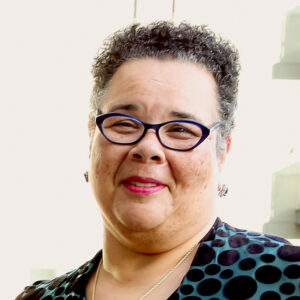
Teaching Better Reading Habits
In junior high school, we were taught that all the sections of any assigned book were to be read. We were instructed that “good students” never overlook any section of the book. This point was reinforced when the answers to a few critical test questions came from the preface and introductory sections of the text. Most students, having overlooked those sections, missed the questions – thus forfeiting a grade of “A.” We learned, from this punitive experience, that all the sections of all the books were fair game.
As I have learned to teach, I too have been interested in my adult learners taking notice of and appreciating the entire text – all the sections. While I am not interested in posing obscure questions on tests, I am interested in students getting in touch with all that any book has to offer. Authors take quite seriously the writing of the sections which come before the principal content. For many writers, much time and great effort is spent in the pages which precede the content. Writers are hoping that the front matter invites the reader into their work.
From a publisher’s perspective, books are generally divided into three sections: front matter, principal text, and back matter. The front matter is the material at the front of the book that usually offers information about the book, about the author, about the author’s intent, and about the presumed audience. The front matter is not the principal text, but the “get ready” information for the principal text. The front matter is the author’s opportunity to set the tone for the readers’ experience.
Reading the front matter is like watching the beginning ten to twelve minutes of a film. In these opening scenes, the film maker is establishing the pretext of the storyline with images, sounds, pace and rhythm to pique the viewers’ interest. Or the front matter is like the moments of boarding a roller coaster ride. It is like when we are being harnessed-in, then the thrill of the ever-so slow trip up the steep incline. Creating anticipation of the ride is what the front matter is about.
In many of my courses, I would guide my students in lingering over the front matter. I wanted my students to have their appetites whetted. I wanted their anticipation to be heightened. During class sessions I would, with my students, review the provided front matter sections. I would rehearse all the sections: Copyright page, Dedication, Epigraph, Table of Contents, Foreword, Preface, Acknowledgements, Introduction – any pre-sections which the author had provided.
Please know that as I am extolling the virtue of and necessity of front matter, I am not saying that the back matter should be overlooked or disregarded. The footnotes, endnotes, appendix, bibliography, and the index, are important. My experience is that students, when needed, find their way to those tools provided in the back matter. It is the tools of the front matter that I think need support for our students’ improved reading habits.
As I reviewed the front matter with students, I would make sure they knew how to decipher the codes of the Copyright page (for many, this was their first experience knowing this code). I would call their attention to the Dedication as it usually provided a personal and loving note from the author. We would read the Epigraph and discuss whether the author was providing a summary, a counterexample, or was juxtaposing their work with a wider literary canon. I would ask – “To what is the author inviting the reader?”
I would point out that the typeset design of the Table of Contents is meant to communicate as much as the listing of the chapter titles. “Read the design as much as you read the words,” I would say. We would read aloud the Forward, Preface, and Introduction then invite the students to compare-and-contrast the three sections. I would remind them that the author has free-range concerning the role, responsibility, and weight of each of these sections and each author decides how these sections will function as preliminary for the reading of the text.
I would suggest that these sections tell us something important about how the author is thinking, and I would ask them to speculate or extrapolate what the author is promising. Sometimes, I would break the class into small groups to read and report back the role of each section or to report back a comparison of all sections. Finally, I would say – “We have saved the best for last!” The best way to understand the motivation of an author, the way to see into the author’s soul, is to read the Acknowledgements. Writing about an author’s gratitude is to write about one’s own heart. Acknowledgements provide glimpses into the writer’s process, and likely, insight into the writer’s project which, invariably, is bigger than the book at-hand.
Some groups, by the end of the semester, began to ascertain that – for some authors - the promised book in the front matter was not the book in principal content. With these observations, I knew they had become better readers.
Once students develop better reading habits they become better learners, better thinkers, and more able to understand the complexities and curiosities of other people as well as their own people. I discovered that taking time to teach adult students good reading habits is time well spent – for me and for them.
Great idea! I am excited to adopt this.